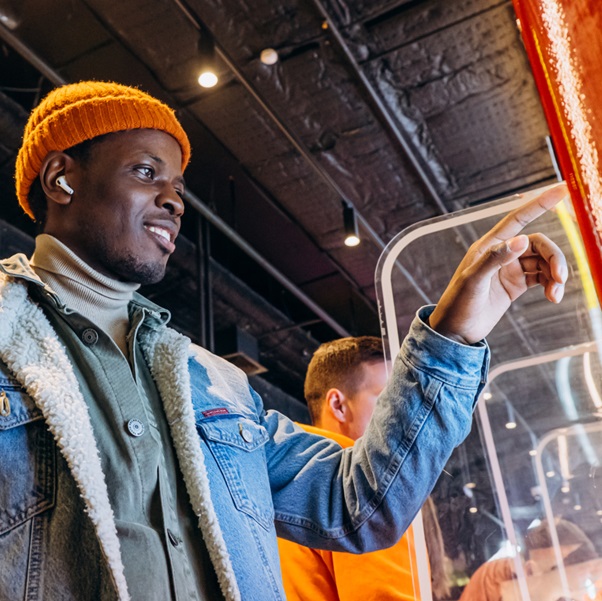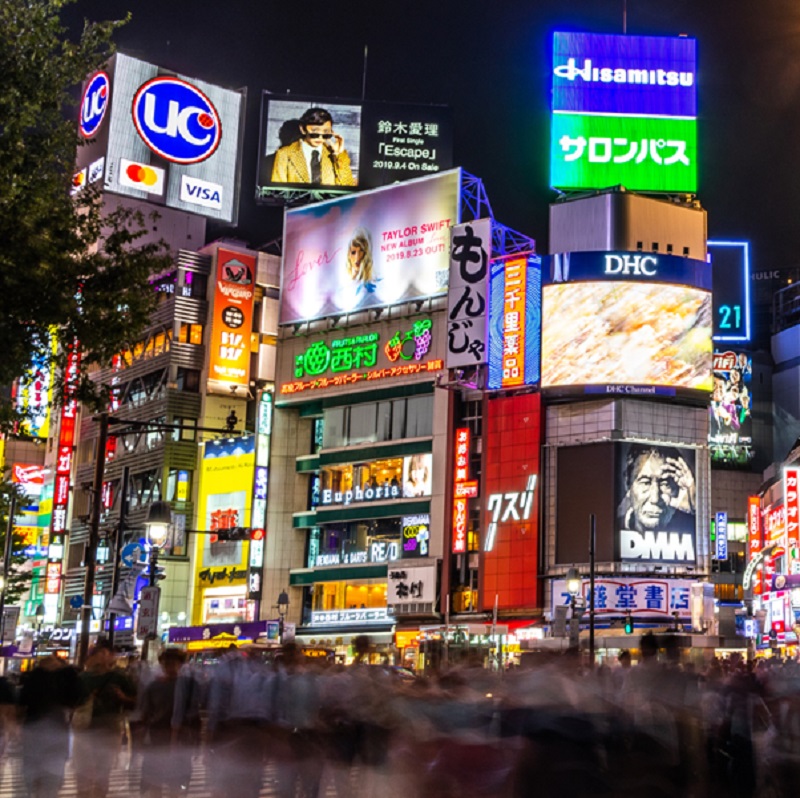Digital billboards have become a potent tool for brands looking to efficiently attract audience attention and communicate their messages in the outdoor advertising scene. However, due to the developing landscape of technology and shifting customer preferences, advertisers of today are required to keep up with the newest developments in digital billboard design. With this, explore the ins and outs of digital sign board design and discover what would work well with your brand.
1. High-Resolution Displays
High-resolution monitors are essential for designing efficient digital billboards. Crisp, clear images and videos are essential for grabbing the attention of passersby and conveying the intended message with clarity. Purchasing high-quality screens guarantees that information has an impact even when viewed from a distance. Screens with poor resolution can reduce an advertisement’s overall impact and cause engagement and brand recognition to be lost.
2. Dynamic Content Rotation
Digital billboards offer the advantage of displaying multiple messages in a single location through dynamic content rotation. With the help of this function, advertisers can display a range of material on their digital sign boards throughout the day, maximising their utility. However, it’s crucial to find a balance and refrain from providing visitors with too much information. Effective scheduling and strategic content rotation ensure that each message receives adequate exposure without diluting the impact of the advertisement.
3. Interactive Elements
The design of digital billboards can be greatly improved by incorporating interactive components to increase audience participation and engagement. Viewers can have a more engaging and customised advertising experience with touchscreen capabilities, QR codes, and augmented reality experiences. Advertisers can establish memorable experiences that make a lasting impression on consumers by promoting active engagement. Interactive elements must be straightforward for users to navigate to elicit maximum effectiveness.
ALSO READ: How Digital Boards are Redefining Consumer Engagement
4. Location-Specific Targeting
The capacity of digital sign boards to offer personalised messages based on audience demographics and location is one of their main advantages. With the help of geotargeting technology, marketers may create content that appeals to particular consumers in various places. By focusing on specific topics, messages are more likely to be engaging and relevant, which boosts customer engagement and conversion rates. However, finding a balance between personalisation and privacy concerns is crucial to preserving customer trust and regulatory compliance.

5. Minimalistic Design
Minimalism frequently wins in outdoor advertising. Digital billboards can stand out against the visual clutter of metropolitan environments by using a minimalist design approach. Bold typography, eye-catching graphics, and clean layouts draw the eye and efficiently communicate ideas. Reducing extraneous distractions and clutter helps viewers quickly understand the content, which increases the chance of effective communication.
6. Integration with Social Media
Digital billboard designs incorporating social media components can increase reach and engagement outside physical spaces. By using user-generated content, social media accounts, and hashtags, content creators can encourage viewers to participate in online discussions and share their experiences with others. Through the expansion of digital sign boards’ reach to online platforms, advertisers may provide a cohesive omnichannel experience that strengthens brand recognition and visibility.
7. Dynamic Data Integration
Advertisers may deliver timely, relevant content that connects with viewers by integrating real-time data. Digital billboards can adjust content to reflect context and current conditions by utilising dynamic data sources, including weather updates, traffic information, or live event data. With the help of this dynamic technique, communications are kept effective and topical, grabbing the audience’s attention and motivating immediate action.
Conclusion
Staying ahead of the curve is essential for brands looking to make an impact with digital billboards. Advertisers may produce engaging experiences that connect with audiences and produce results by embracing high-resolution displays, dynamic content rotation, interactive components, location-specific targeting, minimalist design, social media integration, and dynamic data integration. Finding a balance between innovation and practicality, however, is necessary to ensure that the digital billboard design continues to be a powerful and effective tool in drawing attention from viewers and delivering brand messages.
Visit Neosys to create memorable digital campaigns that resonate with your audience.


